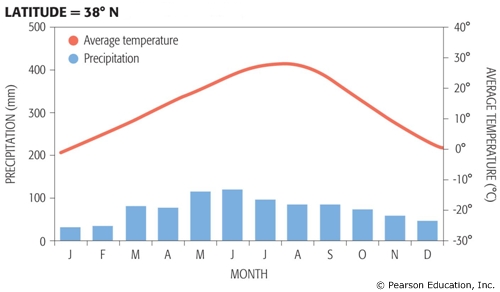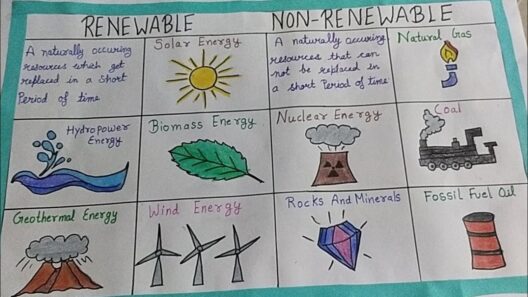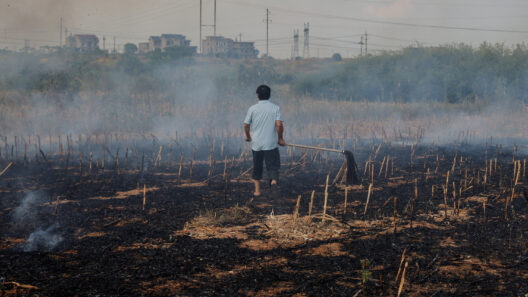As humanity stands at the precipice of an unprecedented climatic upheaval, one may ponder: will the world survive climate change? This playful yet sobering inquiry opens a Pandora’s box of potential futures, teeming with both dystopian dread and cautious optimism. As we tentatively tread through this intricate narrative, it is essential to examine not only the grievous repercussions of our actions but also the multifaceted dimensions of resilience and adaptation that weave through the fabric of human existence.
First, it is crucial to comprehend the core of climate change. At its essence, climate change refers to the long-term alterations in temperature, precipitation patterns, and other atmospheric conditions, primarily driven by anthropogenic activities such as fossil fuel combustion, deforestation, and industrial processes. Indeed, the relentless rise in greenhouse gases has acted as a catalyst, triggering severe environmental manifestations like melting glaciers, rising sea levels, and increased frequency of extreme weather events.
So, what might our world look like in the throes of climate change? To envision this, one can explore three plausible scenarios: the dystopian collapse, the resilient adaptation, and the sustainable revolution. Each of these trajectories not only provides a lens through which to view the impending challenges but also champions the notion that the future is not unequivocally predetermined.
The first scenario, the dystopian collapse, is the bleakest of the three. Picture a world succumbing to catastrophic natural disasters, rapid biodiversity loss, and widespread food and water scarcity. The consequences of unchecked climate change could manifest as mass migrations, igniting conflicts over dwindling resources and prompting unprecedented humanitarian crises. Coastal cities could find themselves submerged, transforming vibrant metropolises into ghost towns. In this grave reality, millions might face the harrowing choice between survival and displacement.
Conversely, the vision of resilient adaptation paints a more hopeful picture. In this scenario, communities worldwide acknowledge the devastating implications of climate change and mobilize to confront them head-on. Innovative technologies developed to capture carbon emissions, such as direct air capture or advanced bioenergy systems, might play a pivotal role in reversing some adverse effects. From vertical gardens sprouting in urban jungles to vast reforestation projects, humanity could implement strategies that nurture cohabitation with nature. Education and awareness would burgeon, fostering an empowered populace keen on sustainable lifestyles and community-oriented approaches.
Finally, envision the sustainable revolution—a complete metamorphosis of our socio-economic paradigms. Here, the transition to renewable energy sources, such as solar, wind, and hydro power, is not only a necessity but a resounding triumph over entrenched fossil fuel dependency. In this landscape, circular economies flourish, minimizing waste and maximizing resource efficiency. Individuals and organizations alike embrace ethical consumerism, propelling markets toward sustainability. Transportation networks become electrified and de-carbonized; homes and industries adopt energy-efficient practices that simultaneously bolster economies and alleviate environmental stresses.
Yet, transition toward any of these futures hinges not only on technological innovation but also on international cooperation and policy reform. Governments must enact stringent regulations to curtail emissions and incentivize sustainable practices. This necessitates a reimagining of political priorities, where environmental stewardship takes precedence over short-term economic gains. Critical frameworks, such as climate action plans, net-zero commitments, and adaptation strategies, must galvanize global collaboration to combat this existential threat.
Moreover, individual accountability plays a vital role. Each person possesses the capacity to contribute to the burgeoning movement of climate action. Simple lifestyle changes—such as reducing meat consumption, embracing public transportation, minimizing single-use plastics, and advocating for sustainable policies—can create ripples of significant change. As each collective effort morphs into a chorus of action, the potential to reshape our world becomes palpable.
The complexity of climate change poses a formidable dilemma, but within that complexity resides a unique challenge. Can humanity leverage ingenuity and teamwork to forge a collective destiny? Will we heed the clarion call of climate science? The stakes are monumental, and yet, a glimmer of hope persists. By awakening the spirit of collaboration and daring to imagine a world replete with ecological harmony, humanity holds the power to transcend the morass of climate despair.
In conclusion, whether our trajectory leans toward survival or demise rests with us—a convergence of individual choices, systemic change, and collective resolve. By envisioning various futures, we can galvanize action that could stave off catastrophic outcomes. The question is not merely whether the world will survive climate change, but rather how we will choose to respond to the challenges it brings forth. It is our collective responsibility to shift the narrative from one of despair to one of action, resilience, and rejuvenation. Indeed, the future remains unwritten; it is ours to craft, one choice at a time.







